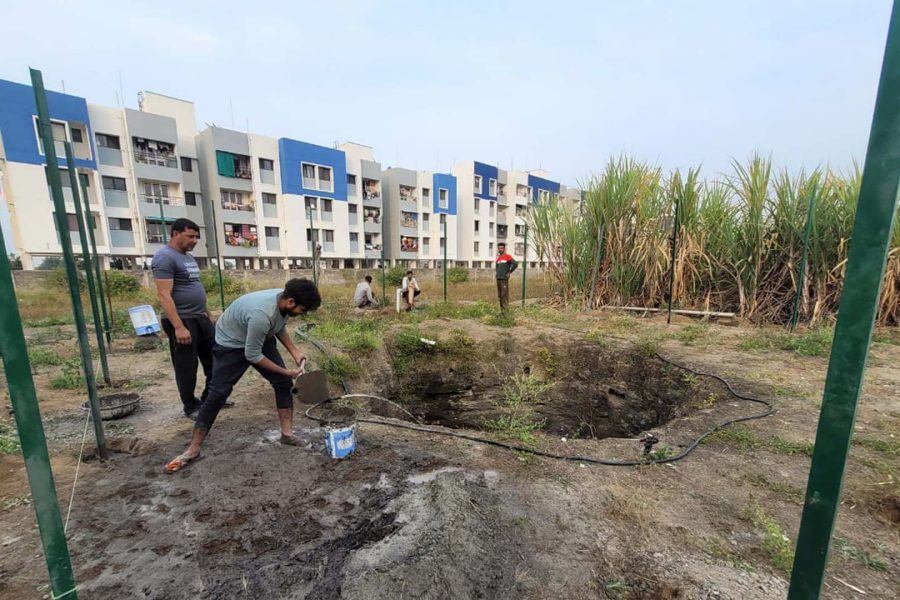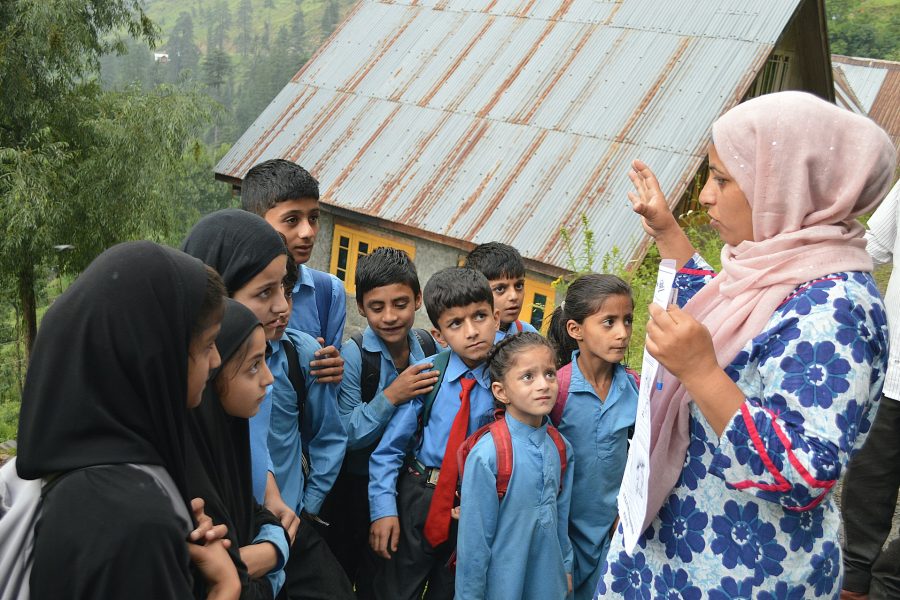As winter descends upon North India, birds from around the world make their way gradually towards the wetlands etched out across the plains, flocking along the banks of the numerous rivers criss-crossing through the region, their calls echoing across the shimmering water of ox bow lakes and sub-montane grasslands of the vast Gangetic plains. The crimson heads of the tall Sarus cranes poke out above the riverside foliage as terns circle above the calm waters of the lakes, disturbing the still surface of the water by diving in to catch fish. The Chambal river remains the last refuge of birds like the Indian skimmer, and the final destination on the migratory routes of birds like the greylag goose, bar-headed goose, common coot, white-tailed lapwing, northern goshawk, tawny eagle, dalmation pelican, verditer flycatcher and a colourful variety of warblers. Large black storks fish in the cool water, alongside elegant demoiselle crane, set against the flock of delicate pink flamingos. The descending winter provides the ideal opportunity for birdwatchers and ornithologists to catch a glimpse of some amazing migratory species along with the astounding variety of native birds in the area, including critically endangered species like the slender-billed vulture and Bengal florican.
With the aim of improving tourism in the state, garnering attention for the amazing avian biodiversity of the region and spreading awareness about conservation issues that plague the animals that call the area their home, the Uttar Pradesh Eco-Tourism Department hosted the first Chambal Bird Festival named for the river Chambal along whose banks the event was held in the grounds of the exquisite Chambal Safari Lodge. Following the inauguration of the event by the Hon’ble Uttar Pradesh Chief Minister Mr. Akhilesh Yadav, the fair progressed over the following two days with insightful talks by renowned ornithologists and workshops by wildlife photographers, interrupted only by colourful cultural shows and long, thrilling safaris and through the region and boat-rides along the meandering river to catch a glimpse of the birds in their natural habitat. Permanent features of the exhibition included intricately detailed artwork and fabulous photographs of birds on display at the venue, and stalls that lined the edge of the lodge’s vast gardens.

Nestled amidst the stalls was one by Wildlife SOS- its walls a myriad of pictures of our rescued bears, leopards and elephants and snippets of information about the organisation and the species it works with. The stall had on sale an array of merchandise including memorabilia of the animals like calendars, t-shirts and notebooks and handmade craft products by the women of the Kalandar tribe, an erstwhile bear-dancing community that has been rehabilitated by the organisation as part of its efforts to provide alternative, sustainable livelihoods for poaching and wildlife-dependent communities. Eager visitors to the stall had the chance to purchase any of the items on sale, read up and learn more about Wildlife SOS and conservation work in India, as well as interact with our staff members at the stall, eager to answer any questions posed by the visitors. Mr. Akhilesh Yadav too stopped by the stall and engaged in lively discussion with our co-founder Kartick Satyanarayan, which left him so impressed by the work being done by Wildlife SOS that he expressed a keen desire to visit the Agra Bear Rescue Facility and wished us the best of luck for all our current and future endeavours.
As the festival wound down on the 6th of December, the stalls were dismantled and our team headed back to Agra, leaving behind all the beautiful birds to enjoy the rest of their winter stopover in the light fog and cool breeze dancing along the banks of the Chambal, both the people and birds parting ways with the promise of returning the following year.






